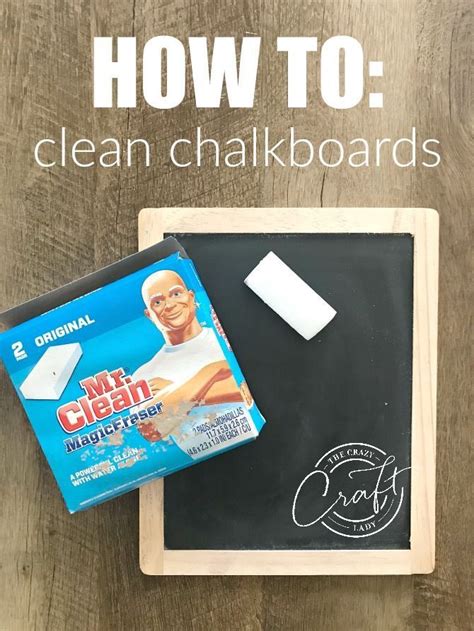Prevent Chalk Pen Stains: Proactive Chalkboard Cleaning Tips
Chalkboards, whether in classrooms, offices, or homes, offer a versatile surface for creativity and communication. However, the vibrant colors of chalk markers can sometimes leave behind stubborn stains if not properly cared for. This article dives into proactive cleaning techniques to prevent those unsightly chalk pen stains, keeping your chalkboard looking its best for years to come. We'll explore the best methods for regular cleaning and address specific concerns to ensure your chalkboard remains a clean and functional surface.
What Causes Chalk Pen Stains?
Before we delve into prevention, understanding why stains happen is crucial. Chalk pen stains are primarily caused by:
- Ink absorption: Chalk pen ink, especially if left on the board for extended periods, can seep into the porous surface of the chalkboard. The longer the ink sits, the more likely it is to become embedded.
- Ink type: Certain chalk pen inks are more prone to staining than others. Lower-quality inks or those with a higher pigment concentration may be more difficult to remove completely.
- Cleaning methods: Using harsh abrasives or incorrect cleaning techniques can damage the chalkboard's surface and make it more susceptible to staining.
How Often Should I Clean My Chalkboard?
Regular cleaning is the cornerstone of stain prevention. Aim to wipe down your chalkboard:
- Daily: This removes loose chalk dust and prevents ink from setting. A simple dry erase or microfiber cloth is usually sufficient for daily cleaning.
- Weekly: A more thorough cleaning with a damp cloth and mild detergent (like dish soap) should be performed weekly to remove any lingering residue.
What's the Best Way to Clean a Chalkboard?
Here's a step-by-step guide to effective chalkboard cleaning:
-
Dusting: Begin by gently dusting the board with a dry microfiber cloth or soft brush to remove loose chalk dust and debris. This prevents the dust from mixing with your cleaning solution and creating a muddy residue.
-
Damp Cleaning: For weekly cleaning, dampen a soft cloth with warm water. Avoid soaking the cloth, as excess water can seep into the chalkboard and damage it.
-
Mild Detergent (Optional): For stubborn marks or weekly deep cleaning, add a small amount of mild dish soap to the warm water. This helps lift ingrained residue.
-
Gentle Wiping: Gently wipe the chalkboard in a circular motion, ensuring you cover the entire surface. Avoid pressing too hard, which can scratch the board.
-
Rinsing: Once cleaned, rinse the cloth and wipe the chalkboard again with clean, damp water to remove any soap residue.
-
Drying: Finally, dry the board with a clean, dry microfiber cloth to prevent streaks and watermarks.
How to Remove Stubborn Chalk Pen Stains?
Even with regular cleaning, stubborn stains might appear. Here are some remedies:
-
Baking Soda Paste: Make a paste of baking soda and water. Gently apply it to the stain, let it sit for a few minutes, and then scrub gently with a soft cloth.
-
White Vinegar: Diluted white vinegar can be effective on some stains. Apply it with a soft cloth and wipe clean. Always test a small inconspicuous area first to ensure it doesn't damage the board.
-
Magic Eraser (Use Cautiously): A melamine foam eraser (like a "Magic Eraser") can be effective on stubborn stains, but use it sparingly and gently to avoid scratching the chalkboard's surface.
What Type of Chalk Pens Should I Use?
The quality of your chalk pens plays a significant role in stain prevention. Opt for:
- High-quality chalk pens: These tend to be easier to remove and less likely to leave behind stubborn stains.
- Water-based inks: Water-based inks are generally easier to clean than oil-based inks.
How Can I Protect My Chalkboard From Future Stains?
Beyond regular cleaning, these tips help protect your chalkboard:
- Seal your chalkboard (if possible): Some chalkboards can be sealed with a sealant designed for chalkboards. This creates a protective barrier, preventing ink from penetrating the surface as easily. (Always check the manufacturer's recommendations before sealing).
- Use a chalkboard protector: Consider using a transparent chalkboard protector film. This film can be easily replaced when stained, protecting the board beneath.
Are there any specific cleaning solutions I should avoid?
Avoid harsh chemicals, abrasive cleaners, and scouring pads. These can damage the chalkboard's surface, making it more prone to staining and potentially shortening its lifespan.
By following these proactive cleaning tips and choosing the right chalk pens, you can significantly reduce the risk of chalk pen stains and keep your chalkboard looking its best. Remember that prevention is always better than cure!

